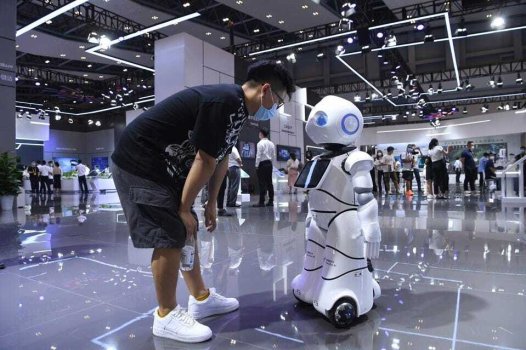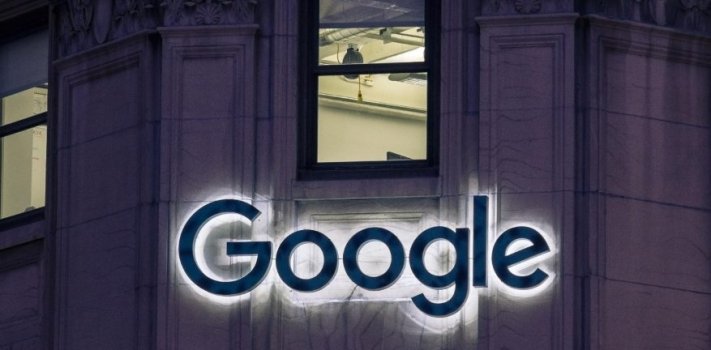Driving marketing with AI
- Technology Solutions
- 0 Replies
With global revenues from artificial intelligence (AI) software expected to top $62 billion by the end of this year, companies across industry sectors are finding increasingly innovative use cases for the technology. AI brings with it the ability to automate many administrative-intensive functions at scale. When it comes to marketing, AI can help identify new audiences while optimizing spend on campaigns.
“Organizations and agencies are looking for increasingly inventive ways to get the most value possible from their marketing investments. Budgets are tighter than ever in the post-pandemic market. Optimizing return on investment is something most organizations have prioritized. This is putting pressure on the marketing function to not only target the right customer segments, but also do so in ways that yield the best results. This is where AI becomes an enabler for optimization and growth,” says Frik van der Westhuizen, Marketing Director at leading independent customer relationship management company, LoyaltyPlus.
Much of marketing is built on effective data analytics to understand customer segments and develop the most relevant campaigns for those segments. AI brings with it the capability to analyze the exponentially expanding data real estate faster than what human operators can do. This provides users with a platform to apply insights more holistically. It also delivers the means to discover audiences that might have been overlooked in the past and identify existing audiences that have become irrelevant.
Continue reading: https://www.itweb.co.za/content/dgp45MaB6GRqX9l8
“Organizations and agencies are looking for increasingly inventive ways to get the most value possible from their marketing investments. Budgets are tighter than ever in the post-pandemic market. Optimizing return on investment is something most organizations have prioritized. This is putting pressure on the marketing function to not only target the right customer segments, but also do so in ways that yield the best results. This is where AI becomes an enabler for optimization and growth,” says Frik van der Westhuizen, Marketing Director at leading independent customer relationship management company, LoyaltyPlus.
Much of marketing is built on effective data analytics to understand customer segments and develop the most relevant campaigns for those segments. AI brings with it the capability to analyze the exponentially expanding data real estate faster than what human operators can do. This provides users with a platform to apply insights more holistically. It also delivers the means to discover audiences that might have been overlooked in the past and identify existing audiences that have become irrelevant.
Continue reading: https://www.itweb.co.za/content/dgp45MaB6GRqX9l8
























